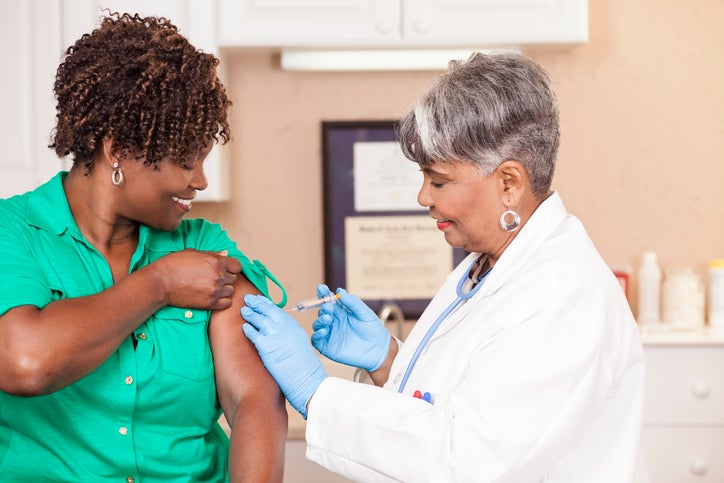
Flu season is here, with many states already experiencing an upward trend in positive cases. As a primary care provider, your patient’s decision to receive the influenza vaccination depends heavily on your strong recommendation. The flu shot remains one of the most effective tools in preventing the spread of influenza and mitigating its impact, thereby reducing the risk of illness, hospitalization, and flu-related complications. The CDC estimates that during the 2022-2023 flu season, vaccination prevented millions of illnesses, tens of thousands of hospitalizations, and thousands of deaths in the U.S. alone.
Despite its benefits, vaccination hesitancy remains a challenge. Patients may refuse the shot due to misconceptions, concerns about side effects, or fear of needles. To address these obstacles, providers can use evidence-based strategies, like the SHARE approach, to promote vaccination.
SHARE reasons why the flu vaccine is right for your patient.
“Getting vaccinated helps protect you and your family from the flu. By vaccinating yourself now, you protect yourself and those around you—especially vulnerable individuals like your parents and children—who may be more likely to experience severe complications if they catch the flu.”
HIGHLIGHT positive experiences with flu vaccines to reinforce the benefits of vaccinations.
“Each year, my family members, my staff, and I receive the flu shot to protect ourselves and one another.”
ADDRESS patient questions and concerns about flu vaccines, including side effects, safety, and vaccine effectiveness in plain and understandable language.
“Getting the flu vaccine does not cause the flu. While some mild side effects may occur, they get better in a few days.”
REMIND patients flu vaccines help protect them and their loved ones from the flu and serious complications resulting from influenza, such as hospitalization or even death.
“We are currently in the flu season, which lasts until March. It’s important to make sure you and your loved ones are safe from getting really sick from the flu.”
EXPLAIN the potential costs of getting influenza, such as potentially serious health complications, time lost, financial cost, and spreading influenza to more vulnerable individuals.
“The flu shot helps keep people safe who might get really sick from the flu. If you do get the flu, the vaccine helps you not feel as bad.”
As the flu season progresses, take time to engage with your patients, listen to their concerns, and provide personalized recommendations regarding the influenza vaccination. Doing so can increase vaccination rates, better protect the community, and conserve health resources needed for other public health concerns.

